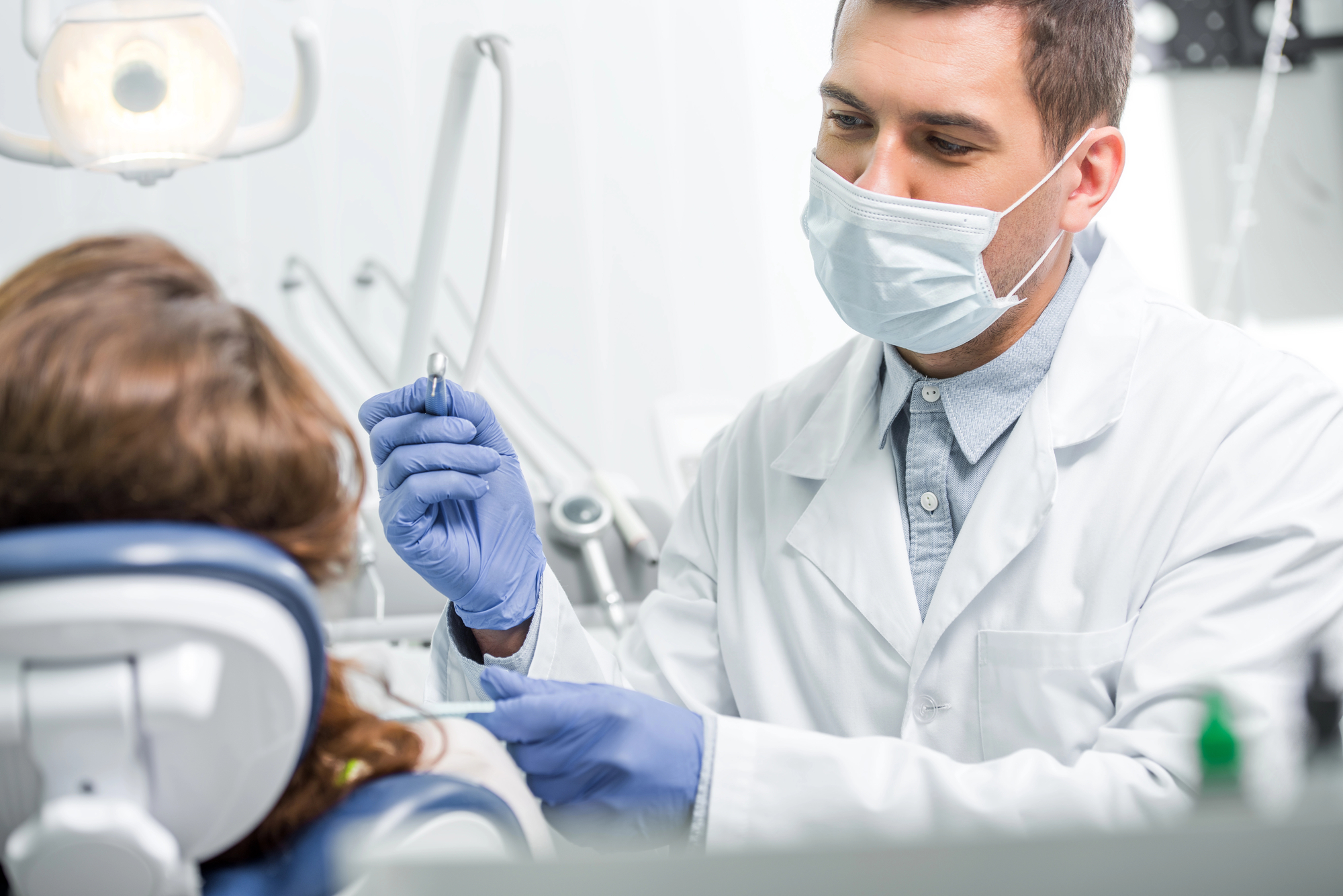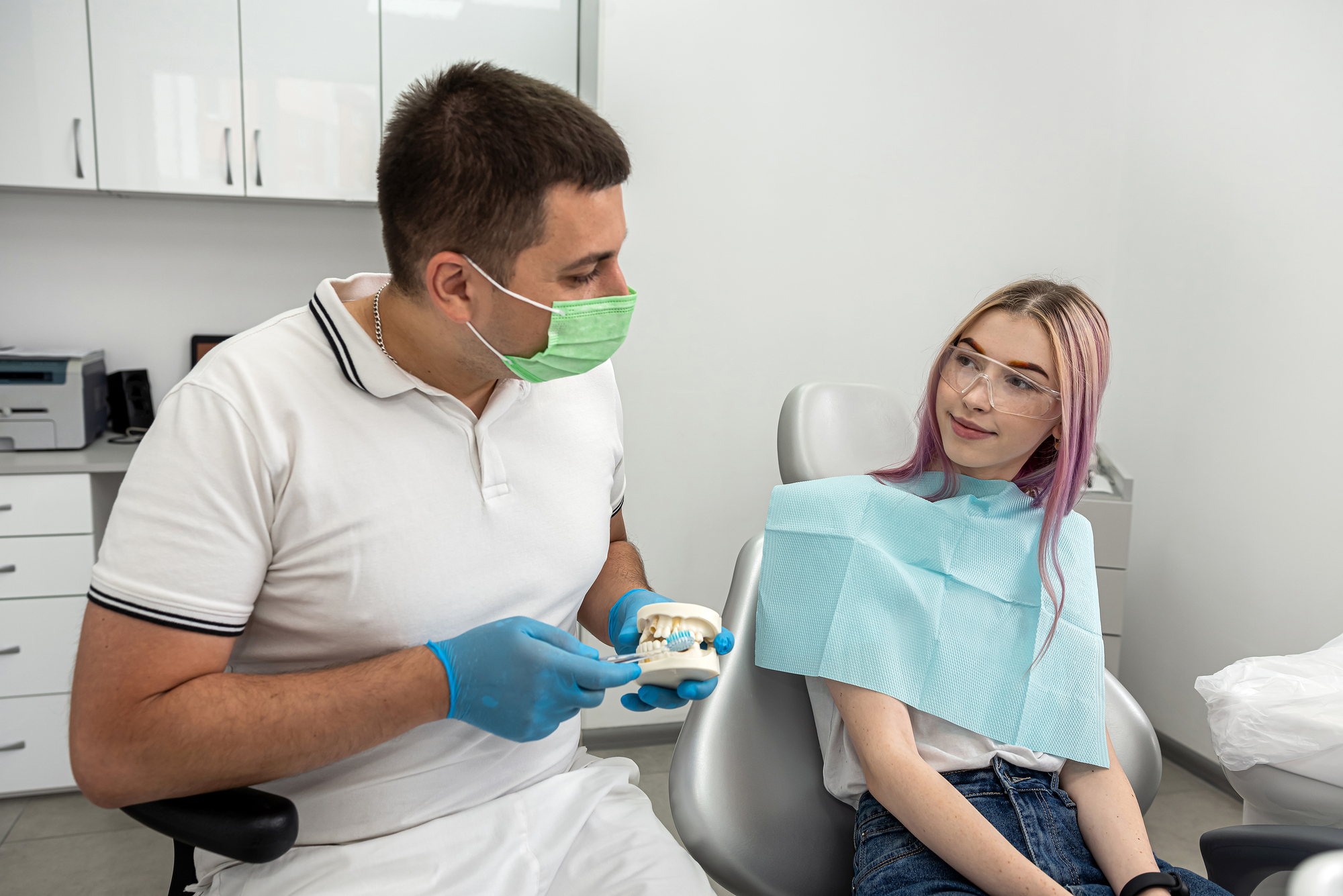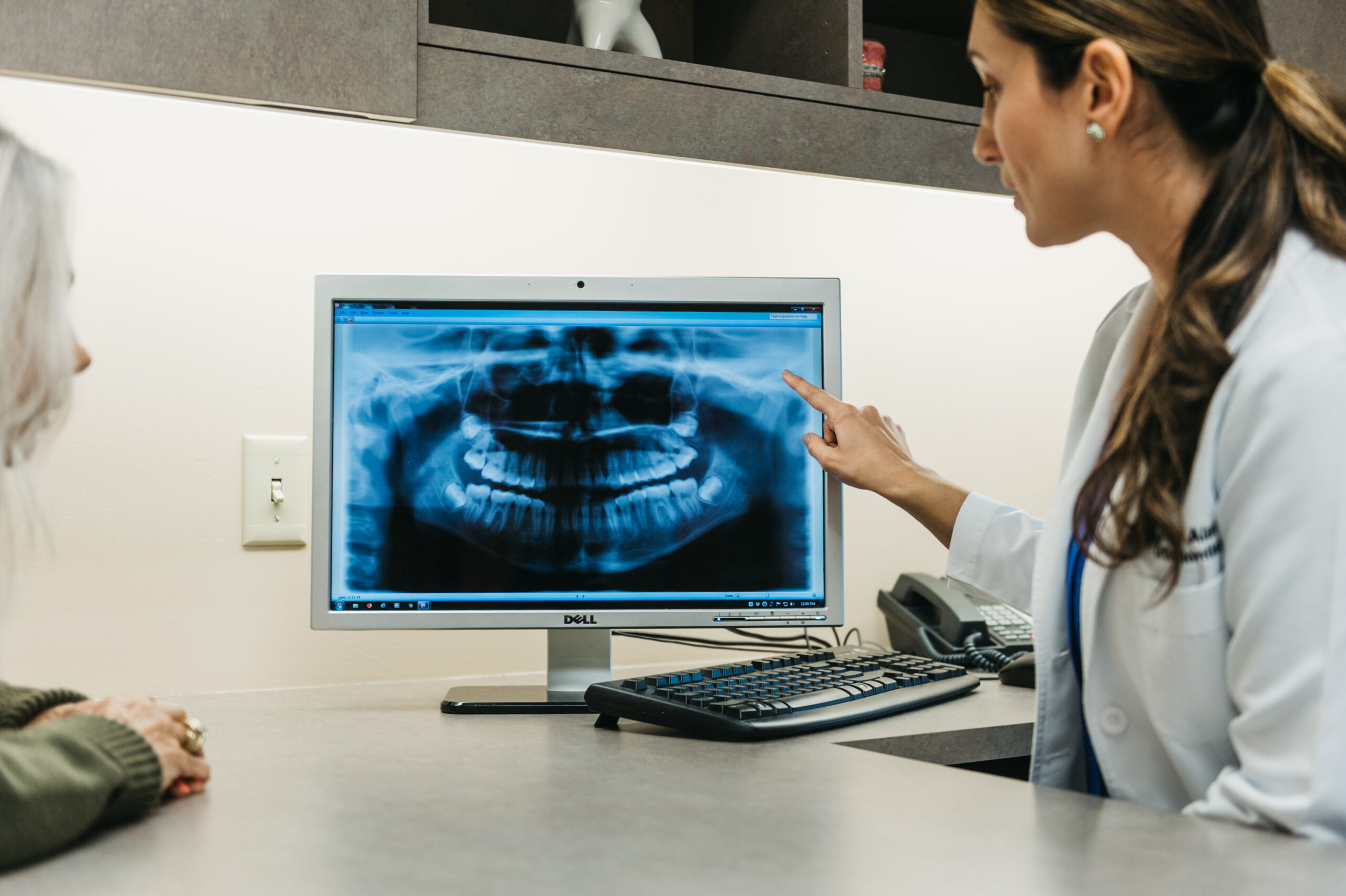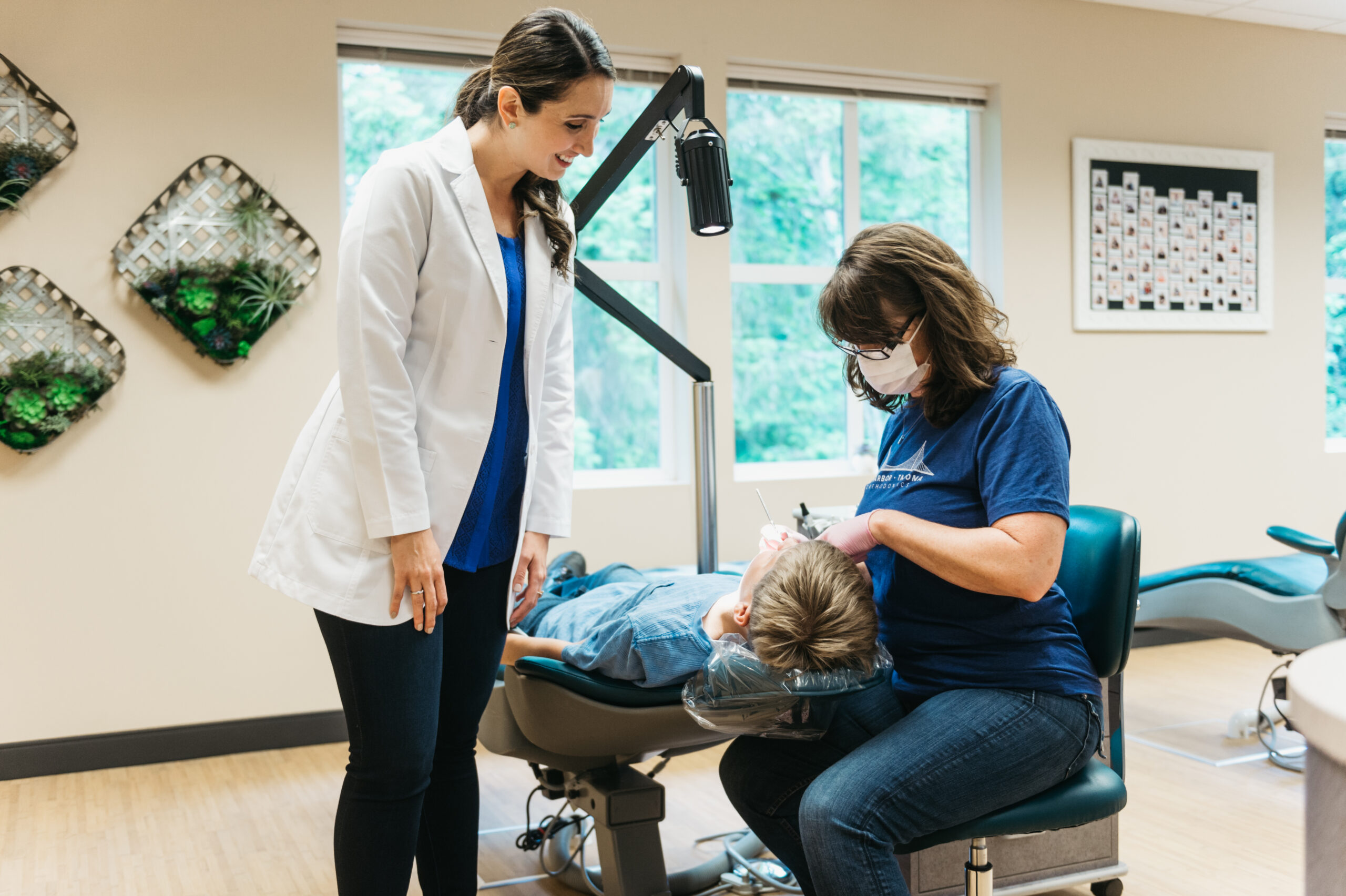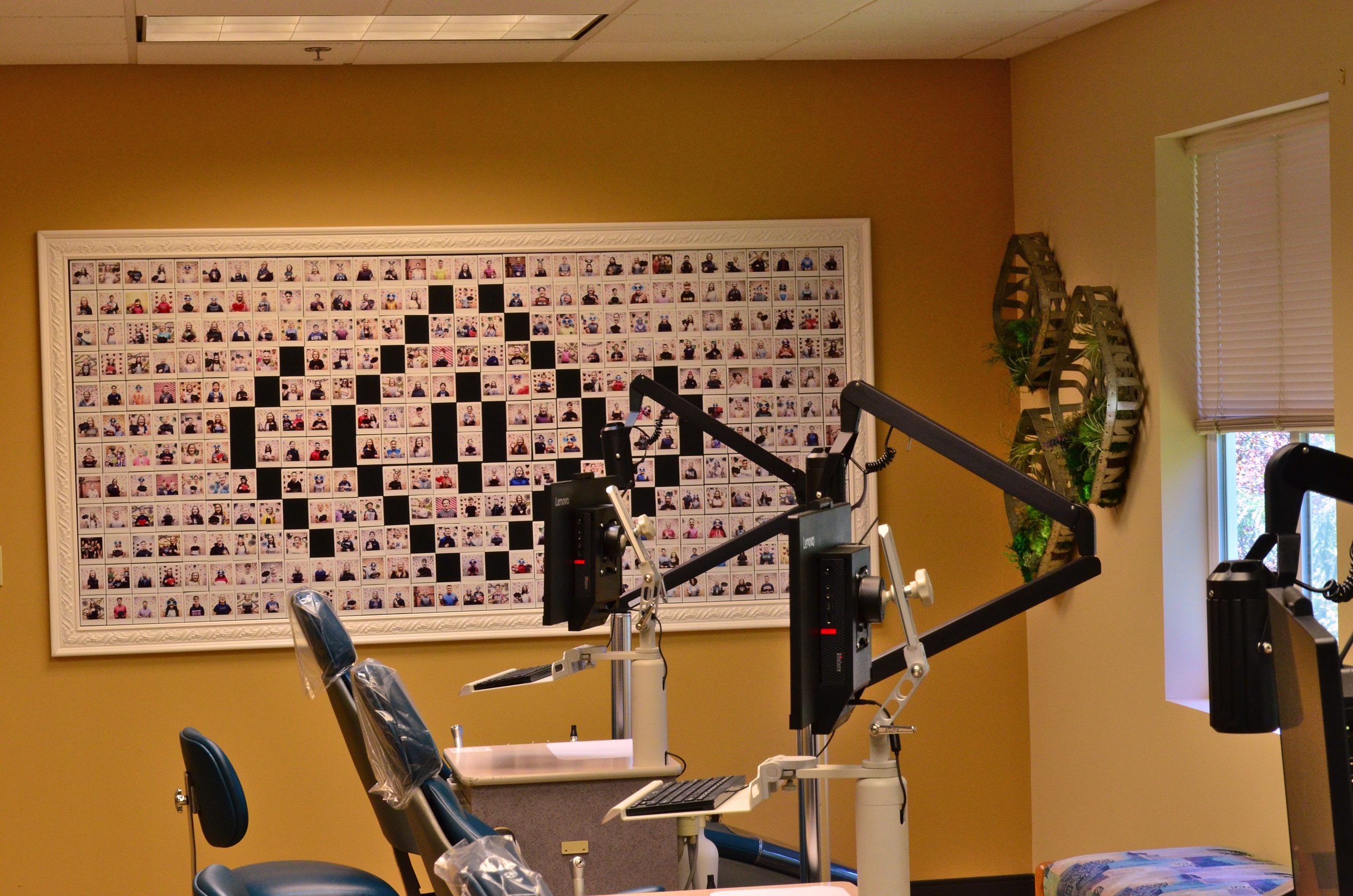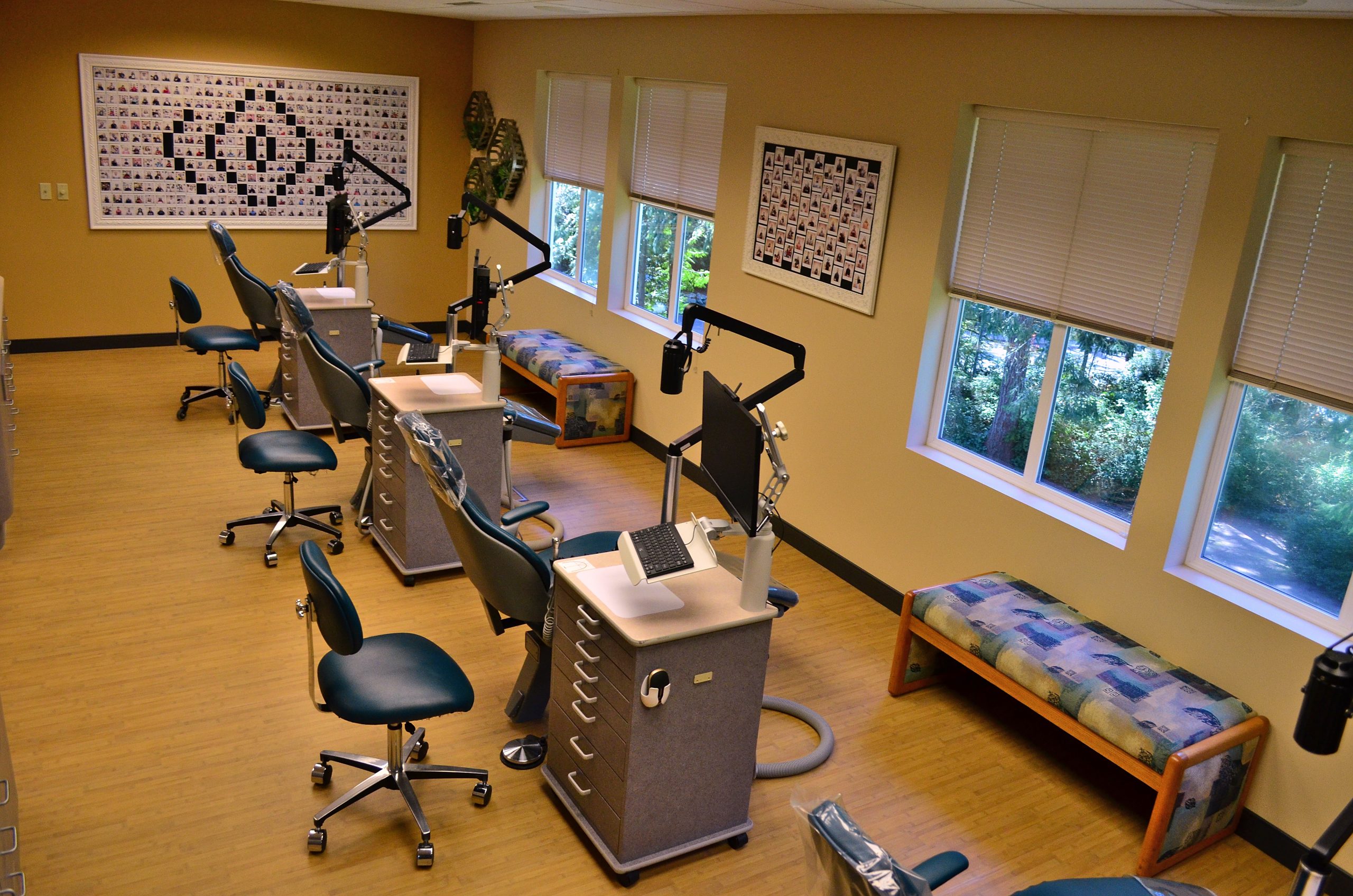Headaches are one of the most common health complaints, and while they can have many causes — from stress to dehydration — jaw misalignment is often overlooked as a contributing factor. When the teeth and jaws don’t fit together properly, the result can be extra strain on the muscles and joints around the face and head. Over time, this imbalance may lead to recurring tension headaches or even migraines.
Orthodontics offers solutions by correcting jaw alignment and creating harmony between the teeth, jaws, and muscles. For patients struggling with unexplained or frequent headaches, orthodontic treatment can sometimes provide lasting relief.
The Link Between Jaw Alignment and Headaches
The jaw is connected to the skull by the temporomandibular joint (TMJ), which allows for chewing, speaking, and other movements. If the bite is misaligned, the muscles that control these movements may have to work harder than they should. This strain can radiate upward, leading to headaches and facial pain.
Common bite problems linked to headaches include:
- Overbite — The upper teeth extend too far over the lower teeth.
- Underbite — The lower teeth sit in front of the upper teeth.
- Crossbite — Upper teeth fit inside the lower teeth instead of outside.
- Open bite — The front teeth don’t touch when the jaws are closed.
When left uncorrected, these bite issues can place excessive pressure on the jaw joints and muscles, increasing the likelihood of chronic headaches.
Symptoms That Suggest Jaw Misalignment
Headaches caused by jaw misalignment often come with other noticeable symptoms. Signs may include:
- Pain or clicking in the jaw joint — Especially when opening or closing the mouth.
- Stiffness or soreness — Felt in the jaw, neck, or shoulders.
- Teeth grinding or clenching — Often worse at night, contributing to muscle fatigue.
- Uneven tooth wear — Caused by improper bite forces.
- Earaches or ringing in the ears — Sometimes linked to jaw joint strain.
If these symptoms accompany frequent headaches, orthodontic treatment may be part of the solution.
How Orthodontics Helps Relieve Headaches
Orthodontics focuses on aligning the teeth and jaws so they work together in balance. By correcting bite issues and improving jaw position, orthodontic treatment can reduce the muscle strain that leads to headaches.
Ways orthodontics helps include:
- Redistributing bite pressure — Proper alignment ensures no single tooth or area takes on too much force.
- Relaxing overworked muscles — Reducing strain in the jaw muscles decreases headache frequency.
- Improving jaw joint health — Balanced alignment prevents unnecessary stress on the TMJ.
- Supporting long-term oral health — Straight teeth and a stable bite reduce the risk of grinding and uneven wear.
Orthodontic Treatments for Jaw Alignment
The best treatment depends on the severity of the bite issue and the patient’s age. Options may include:
- Braces — Traditional braces are highly effective at correcting complex bite problems.
- Invisalign — Clear aligners can reposition teeth and jaws gradually, with similar results to braces for many cases.
- Palatal expanders — Used in children, these create more room in the upper jaw and support proper alignment.
- Surgical orthodontics — In severe cases, jaw surgery may be recommended to correct skeletal imbalances.
Each patient’s plan is customized to their needs, with the goal of achieving both functional and aesthetic improvements.
Other Benefits of Correct Jaw Alignment
In addition to reducing headaches, correcting jaw alignment can improve overall quality of life. Benefits include:
- Better chewing function — Reduces strain during meals.
- Improved speech clarity — Some bite issues can affect pronunciation.
- Healthier teeth and gums — Proper alignment makes cleaning easier and reduces risk of cavities or gum disease.
- Enhanced confidence — A straighter smile often boosts self-esteem.
These combined benefits highlight how orthodontics impacts both oral health and overall well-being.
When to Seek Help
If you or your child experiences frequent headaches along with jaw discomfort or bite problems, an orthodontic evaluation may provide answers. While not all headaches are caused by jaw misalignment, orthodontics can be a valuable part of treatment when bite issues are a contributing factor.
Take the Next Step Toward Relief
Headaches can interfere with daily life, but the cause isn’t always obvious. For many people, jaw alignment plays a bigger role than they realize. At Gig Harbor & Tacoma Orthodontics, Dr. Patra and our caring team provide expert orthodontic treatment that addresses both the health of your smile and your overall comfort. Schedule a free consultation at our Gig Harbor or Tacoma office to explore how orthodontics may help relieve your headaches.

